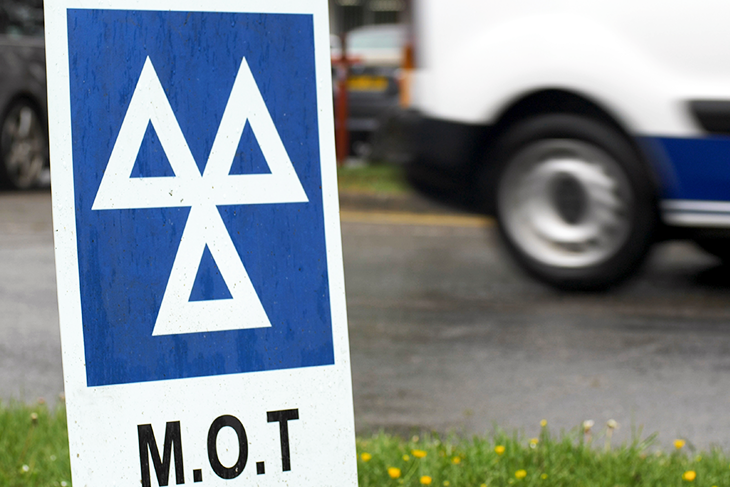How often do you think about the health of your car? Maybe if you’re driving an older secondhand model, every time you get in the car you cross your fingers and hope that it doesn’t break down. But most of the time, we’ll spend our time driving not worrying about how our car is running. That is until it comes to the MOT.
Every year, millions of motorists put their cars in for an MOT. All of us praying that it goes through smoothly, with no major faults or issues detected. But what exactly happens in an MOT? Here’s a quick rundown.
What does MOT stand for?
MOT stands for Ministry of Transport. The MOT test is set by the government as a way to ensure all the vehicles on the road are of the required standard to drive. It’s designed to ensure dangerous vehicles are taken off the road, and to alert people to faults with their car that could be potentially dangerous.
When was the first MOT?
The MOT was introduced back in 1960. Back then it was voluntary, allowing careful drivers to have their car checked to ensure their vehicle is in good working condition. But this initial voluntary period ended in February 1961 because of the large number of failures. To start with, the first test for cars was after ten years, but this went down to seven. In 1967, the test period went down to three years from the car’s first registration.
So what actually happens in a MOT?
The MOT test is designed to test the main functions of a car to ensure it’s roadworthy. It takes 45-60 minutes for the test to be completed, unless there are any fails which means a more detailed check could take place.
Things tested during an MOT include the windscreen wipers and fluid levels, so make sure you top these up to begin with. Seatbelts are checked to ensure that they fasten securely and have some strength in them. The suspension will be checked to ensure the shock absorbers are in good condition. This is done by putting body weight on each corner and seeing how much time it takes to return to normal.
The handbrake will be tested to ensure it’s in good working condition, so the tension will be measured and the height of the lever will be examined too. Tyres are also going to be checked that they are at the right tyre pressure. This will be listed in your car’s manual, and information can also be found in the info plate located inside the door frame on some models.
All the lights will be checked to see if they work and are bright enough. The exhaust will be checked to ensure that the emission levels are within the legal limits, and any leaks will also be examined. These standards are becoming stricter, so you may need to examine your catalytic converter too.
And one of the final checks will be to the horn, for the quality of its sound and volume.
What if your car fails the MOT?
If your car fails the MOT, you will be able to have your car retested for free. Your mechanic will be able to advise on the repairs and how complex they are. In the unlikely event that the damage is irreparable, then you might have to write off your car completely. But if the damage is fixable, then you will be able to have your car retested for free within 10 days of the original test.






 Facebook
Facebook Twitter
Twitter Instagram
Instagram LinkedIn
LinkedIn Youtube
Youtube